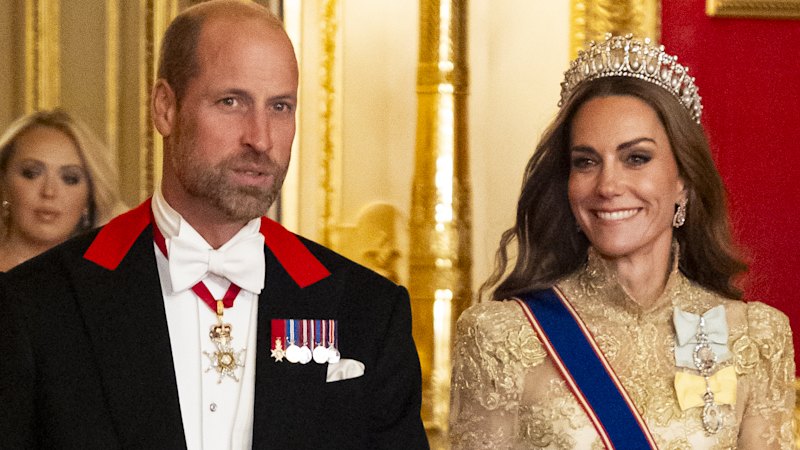
Prince William has expressed a desire to modernize the British monarchy, hinting at potential changes to royal customs and traditions as he prepares for future leadership. During a candid conversation with actor and comedian Eugene Levy for the Apple TV+ series, The Reluctant Traveler, William discussed how his upbringing influences his parenting style and the ways he plans to lead differently from his predecessors.
He stated, “I think it’s safe to say that change is on my agenda. Change for good, and I embrace that.” William’s remarks reflect a commitment to evolve the monarchy while balancing respect for its rich history.
Redefining Royal Attire
One of the areas likely to undergo significant changes is the royal dress code. Prince William, who prefers a more casual style, may move away from the elaborate costumes traditionally associated with royal events. At age 43, he has never been photographed in a kilt, opting instead for simple attire such as blue chinos and jumpers.
Historian Ingrid Seward noted that William finds the elaborate outfits somewhat embarrassing and is expected to tone down the pomp associated with royal ceremonies. For example, the formalities surrounding events like the Order of the Garter procession may be simplified. The current dress code, steeped in Victorian tradition, could be revised to reflect a more modern sensibility.
Streamlining Royal Roles
Prince William has indicated a preference for a “slimmed-down monarchy,” which may lead to the reassessment of various obscure royal titles and roles. The British monarchy is known for its unique positions, such as Keeper of the Swans and Lord Warden of the Cinque Ports.
While these roles are unlikely to vanish overnight, William’s approach may result in a more functional structure that prioritizes essential duties over ceremonial roles. Historian Hugo Vickers highlighted the need for balance, stating, “I’m all for cutting down tedious pointless things… but the core support for the monarchy lies in people like those in livery companies.”
Shifting Royal Etiquette
In an effort to make royal interactions more relatable, William is expected to reduce the formalities associated with royal etiquette. The traditional practices of bowing and curtseying may be reconsidered, with Seward suggesting he prefers casual greetings over formal gestures.
William’s approach extends to his children, as he hopes to foster an environment where they are not required to adhere to rigid protocols once they reach adulthood. His preference for informality is evident in his interactions, often encouraging staff to address him by his first name.
Modernizing Ceremonial Events
The annual Order of the Garter ceremony, known for its grandeur, may also see reforms under William’s reign. Emphasizing the contributions of honorees rather than the royal family could become a focal point, as he seeks to make such events feel less like extravagant displays.
William’s vision for a modern monarchy continues to take shape, reflecting a generational shift in royal expectations. The changes he proposes are intended to resonate with a contemporary audience while preserving the monarchy’s historical significance.
As he prepares for his future role, William’s commitment to modernization suggests a potential shift in how the British royal family engages with the public and adapts to changing societal values. The balance he aims to strike may redefine the monarchy for years to come.






